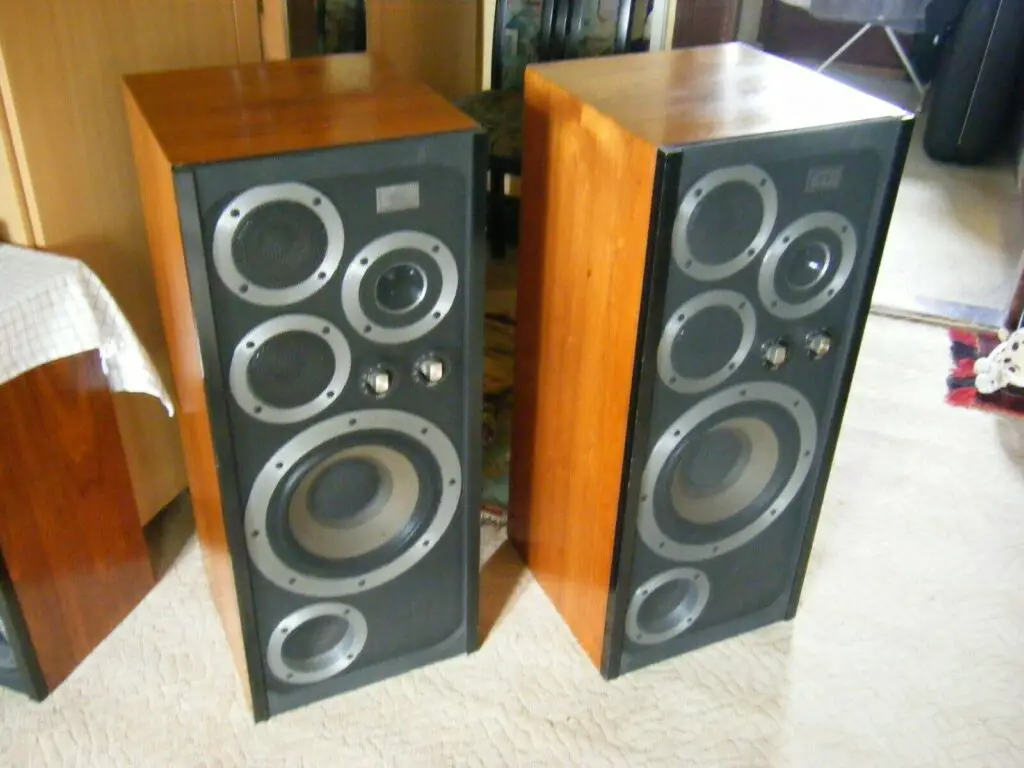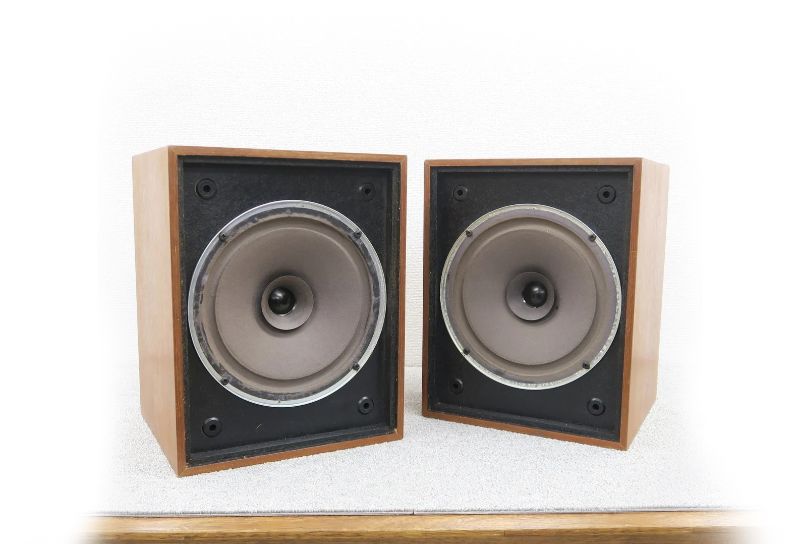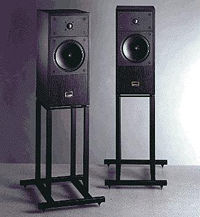Other manufacturers’ top-of-the-line designs look little and feeble in comparison to one of the most remarkable things ever to make a noise. This device, the monarch of Tannoy’s Prestige Range, is simply amazing in every way. Aside from its intimidating physical presence, Tannoy’s design philosophy is evident in its longevity. While fashions come and go, the Westminster has stayed true to its roots. For example, in the 1970s and 1980s, everyone from KEF to Linn was producing stupidly complex multi-driver systems that drained power to the point where you required a direct line into the National Grid just to get a squeak out of them. Back then, the Westminster would have seemed like a pointless relic, a laughable anachronism, a throwback to a bygone era. Tubes are back in style, efficiency is high, and the large Tannoy’s design appears to be common sense.
Although the styling harkens back to the early Baroque era, don’t expect it to sound ancient and sluggish. In fact, this is one of the most agile, musical speakers you’ll ever hear. The massive Dual Concentric driver in Tannoy’s largest 15 inch (380mm) form, as well as the magnificent compound horn filled 530 liter cabinet, are to thank for this. The result is a mind-blowing 99dB sensitivity level that, even if powered by a Discman, would most likely blow out your windows. When you combine this with the driver’s premium spec double roll fabric surround, Alnico magnet system, and Tulip Waveguide, you’ve got something louder than a Motorhead concert with the PA set up to eleven!
Another reason to drop your jaw is the frequency response characteristics — the Westminster goes down to 18Hz (at 6dB), making it possibly the best ever loudspeaker for Roni Size and LTJ Bukem – drum’n’bass will never sound the same again. Regardless, the twin concentric tweeter delivers 18kHz (at –6dB), which is just about adequate for clean treble. When you combine it with Tannoy’s Prestige SuperTweeter, you’ve got yourself a real winner.
The Westminster can easily outperform most PA stacks thanks to its huge power handling, incredible sensitivity, and subterranean bass qualities, but its air moving powers aren’t really the objective. Due to its lightning transient response (a drive unit with a magnet the size of China driving a featherweight paper cone is hardly going to be slow, is it?) this speaker has a lot of musicality. The Dual Concentric design also crosses over acoustically at 200Hz and electrically at 1kHz, both of which are far away from the most sensitive part of the ear. When you consider the Westminster’s virtually unusual feature of having an enclosure with a wavefront area that approaches that of genuine instruments, it’s easy to see why sound flows so freely from this behemoth.
There are two drawbacks to the Westminster. To begin with, don’t expect it to be as sophisticated, subtle, and detailed as an electrostatic with that giant paper cone blowing around in the breeze. The second issue is where to put the blasted thing. If you can afford a pair, you’ll need a large listening area to accommodate two 1,395x980x560mm boxes. Oh, and hire someone to put in the 276kg of heavily damped and internally cross-braced solid walnut with 25 birch ply!
It’s a pity that these loudspeakers are largely disregarded in their home market of the United Kingdom. Ironic, given that they’re practically fashionable for fans of valves and vinyl in Far Eastern markets. There are few better ways to appreciate jazz music without going to New Orleans than with a nice single ended tube power amp and a well preserved Garrard/ SME/ Decca combo. Even said, the latter approach may be more cost-effective in the long run – if you can find a pair of Westminsters, prepare to pay at least a king’s ransom for them.







